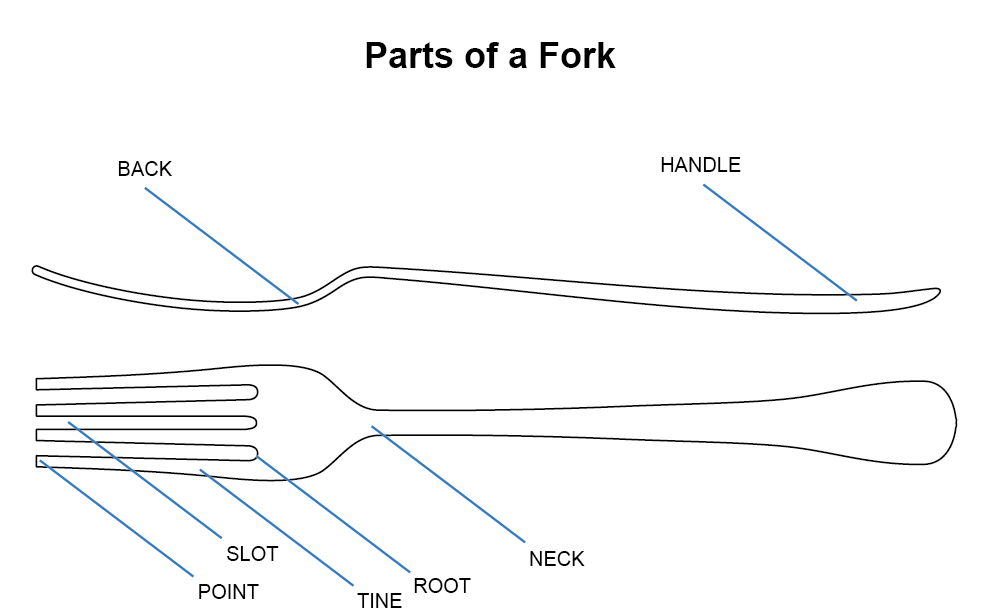The fork, a staple in dining utensils, is so commonplace that its design often goes unquestioned. However, a closer examination reveals that the standard four-pronged configuration is the result of centuries of evolution, combining practicality, efficiency, and cultural influences.
Anatomy of the Fork
A typical fork consists of a handle and a head with multiple prongs, known as tines. These tines are designed to pierce and hold food, facilitating the process of eating. The number and shape of tines have varied throughout history, but the four-tine design has become the standard in modern dining.

Historical Development
The use of forks dates back to ancient civilizations, including the Roman Empire, where two-pronged utensils were employed for serving and carving. In the 11th century, forks began to appear in Italy, primarily among the aristocracy. These early forks typically had two or three tines and were used to handle foods that were difficult to eat with hands or knives.
By the 18th century, the design evolved to include four tines. This configuration provided a balance between functionality and ease of use, making it more efficient for spearing, lifting, and holding various types of food. The four-tine design also allowed for better stability and control, reducing the likelihood of food slipping off the fork.
Functional Advantages of Four Tines
The adoption of four tines offers several practical benefits:
- Enhanced Stability: Four tines create a wider surface area, providing better support for food items and reducing the chance of them falling off during transfer from plate to mouth.
- Improved Spearing Ability: The evenly spaced tines make it easier to pierce different types of food, from tender vegetables to tougher meats, facilitating a more efficient dining experience.
- Efficient Cutting: The design allows for a slight cutting action, enabling users to separate softer foods without the need for a knife.
- Versatility: Four tines accommodate a variety of foods, making the fork a versatile utensil suitable for diverse cuisines and dishes.
Cultural and Aesthetic Considerations
Beyond functionality, the four-tine fork has been embraced for its aesthetic symmetry and cultural acceptance. The balanced appearance of four tines appeals to the human preference for symmetry in design. Culturally, as dining etiquette evolved, the four-tine fork became associated with sophistication and proper table manners, further entrenching its status as the standard design.
Modern Variations
While the four-tine fork is predominant, variations exist to serve specific purposes:
- Salad Forks: Often feature a slightly broader tine to handle leafy greens more effectively.
- Dessert Forks: Typically smaller in size, designed for eating pastries and sweets.
- Seafood Forks: May have narrower tines to assist in extracting meat from shellfish.

These specialized forks demonstrate how utensil design continues to adapt to particular dining needs while the four-tine configuration remains the general standard.
Conclusion
The four-tine fork is a result of centuries of refinement, balancing practicality, aesthetics, and cultural norms. Its design enhances the dining experience by providing stability, versatility, and efficiency, making it an indispensable tool in modern cuisine. Understanding the evolution and reasoning behind its design offers a deeper appreciation for this everyday utensil.

















